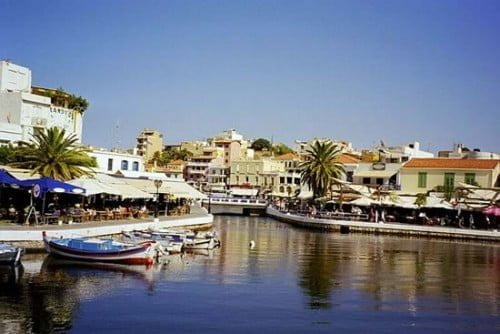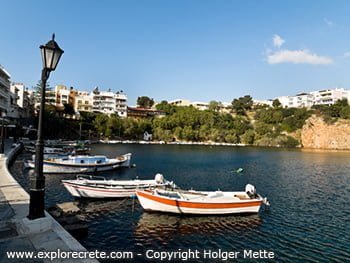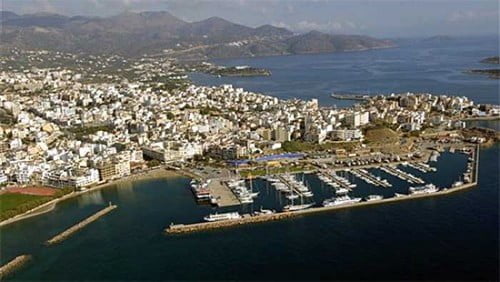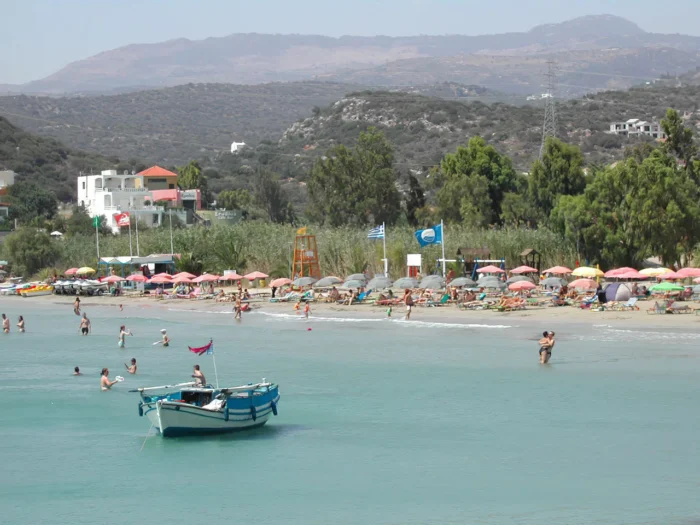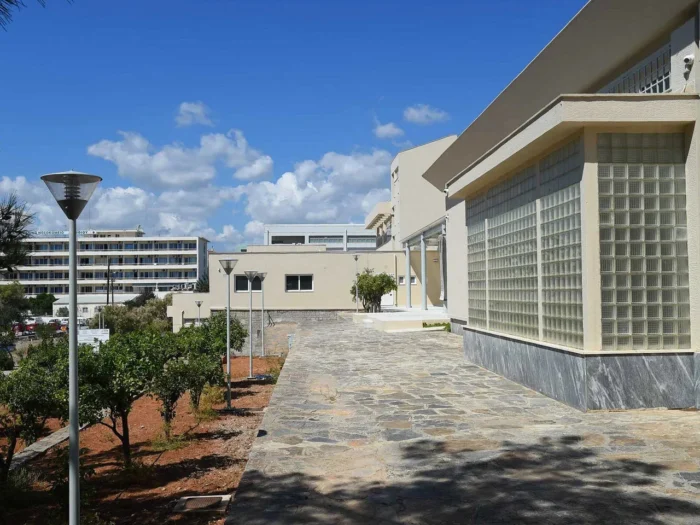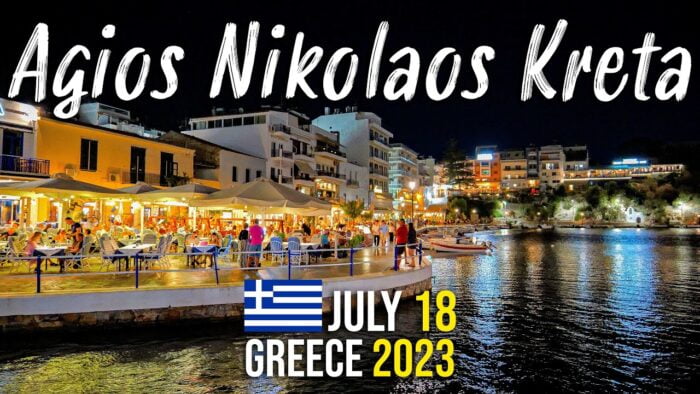Koufonissi Travel Guide
Koufonissi, Southeast Crete

Koufonissi is a small island in the Libyan Sea, off the southeast coast of Crete near Cape Goudouras, 10 sea miles from Makry Gialos where the boats set off for daytrips to the island.
Koufonissi is separated from the rest of Crete by a narrow strip of sea, but it’s often rough here, so boat trips may be cancelled unless the weather is really fine.
Koufonissi is one of a group of five small desert islands (the others are Makroulo, Stroggylo, Trachila and Marmara), a handful of land in the sea, often collectively called Koufonissia. Along with Gavdos and Chryssi, these are the southernmost pieces of Greek soil, the southernmost frontiers of Europe.
The landscape of Koufonissi
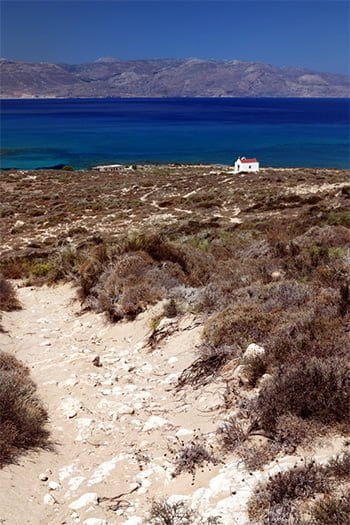
Koufonissi is reminiscent of an African desert, as most of its surface is covered by a thick layer of sand, while there are almost no trees. It is barren and waterless, impressive only in the uniqueness of its landscape.
Tamarisks, lentiscs, thyme bushes and a few dead tree trunks make up an African scene. The local wildlife is limited to rats, snakes, scorpions and a few wild rabbits.
However, locals grazed sheep and goats on Koufonissi up to 30 years ago, although the grass must have been scanty.
Farmers report that the soil is relatively fertile, especially for growing grain.
Koufonissi, the Ancient Lefki
Koufonissi is the ancient island of Lefki (“White”), so called because of its white rocks and sand, limestone being the dominant type of rock here.
The modern name Koufonissi, meaning “hollow island”, is due to the many hollows carved out by wind and sea with the patience of centuries.
The history of Koufonissi Island
The ancient island of Lefki was an important shipping port thanks to its ideal location for shell- and sponge-fishing, and is thought to have played a major role in the Minoan economy.
Inscribed plaques found at Zakros and Magnesia in Asia Minor record conflicts between the cities of Itanos and Ierapytna (ancient Ierapetra) over the ownership of Lefki. One of these plaques is found in the façade of the monastery church at Toplou. The dispute ended in 132 AD, when Lefki was ceded to Itanos, to which it historically belonged.
In 1976, archaeologist Nikos Papadakis excavated the island for the first time. The whole island is strewn with Hellenistic and Roman ruins. The most impressive find is a theatre, discovered with its stage and hyposcenium, as well as fragments of wall plaster.
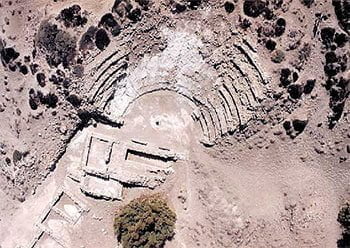
Coins and pottery have also been found here. Houses have been excavated 200 m from the theatre, indicating that there was a simple settlement here: needles, seashells and fishing equipment show that it was probably a fishing port.
However, the discovery of murex shells shows that porphyry, an extremely valuable purple dye, was also produced here.
At the south end of Lefki Island were found parts of an ancient temple and pieces of marble from some colossal statue which gazed out over the Libyan Sea.
At the west end of the island there are caves and hollows which were used as chapels in the Byzantine period, and in which inscriptions and engravings of saints are preserved.
Day Trip to Koufonissi
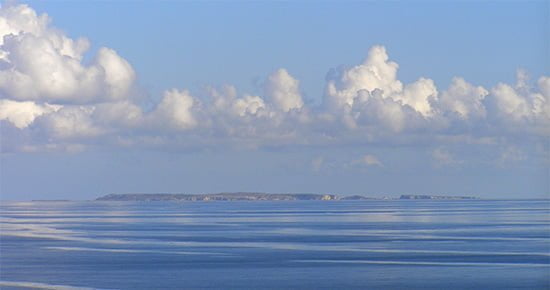
In spite of its arid landscape, Koufonissi charms visitors, who come here on daytrips from Makry Gialos.
The wild scenery with its jagged rocks which welcomes you into its singular harbour is nothing like the hospitable Cretan environment, but something about it still piques your interest.
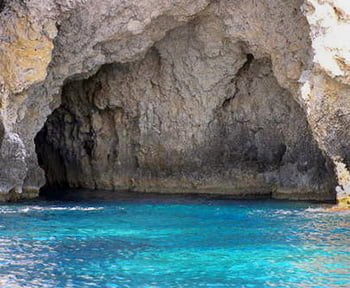
The whiteness of the landscape against the blue sea inclines the eye to games with light, and indeed, if you spend all day at Koufonissi, you see an uninterrupted succession of combinations of colours and hues of blue and green.
Hills shrouded in sand and stunted bushes, impressive folds in the earth, as though made by human hand, and cool, clear waters are the main features of the island, so different from the typical Cretan landscape just a few miles away.
There are no organised beaches on the island, but its untouched landscape is more enticing than any developed area.
Even if a light summer breeze is blowing, the water at Koufonissi tempts you to swim and relax, or spread out your towel on the sand – as we used to – and enjoy the Mediterranean sun.
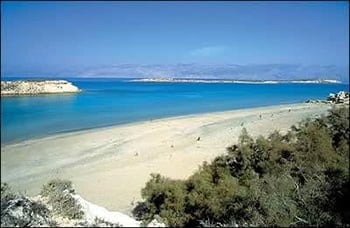
For those who would rather explore the 3.8 square kilometres of Koufonissi, there is a path leading from the harbour to the other end of the island, through small fields and barren expanses dotted with drystone walls.
Armed with water and a sunny disposition, you can go all the way round the island in 2-3 hours before relaxing with an enjoyable dip in the crystal-clear sea.
Daytrips to Koufonissi set out from Makry Gialos early in the morning, weather permitting, and the boats return late in the afternoon.
If you’re visiting Koufonissi make sure you take water, a hat, suncream and whatever else you might need on your daytrip.
© explorecrete.com All Rights Reserved. Reproduction or copying without permission is prohibited.

